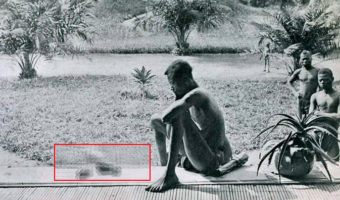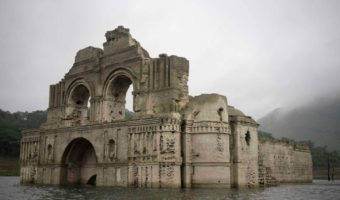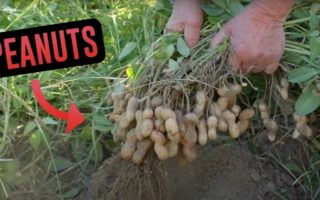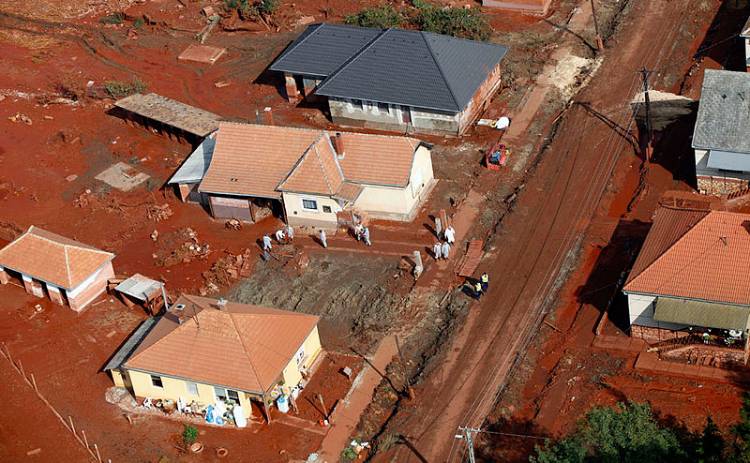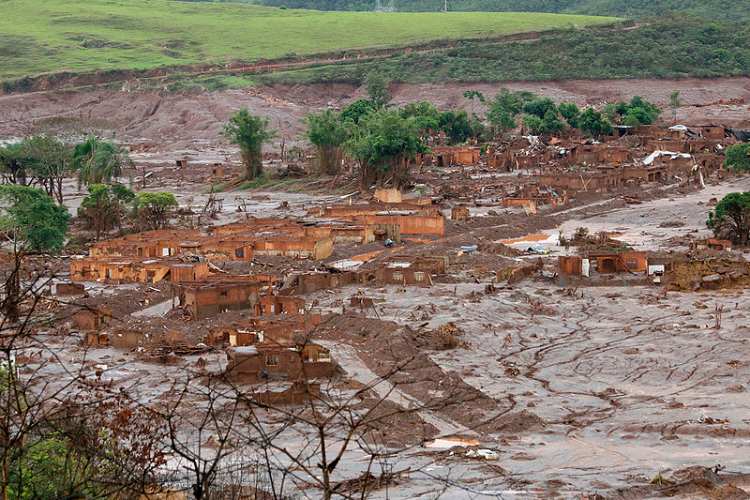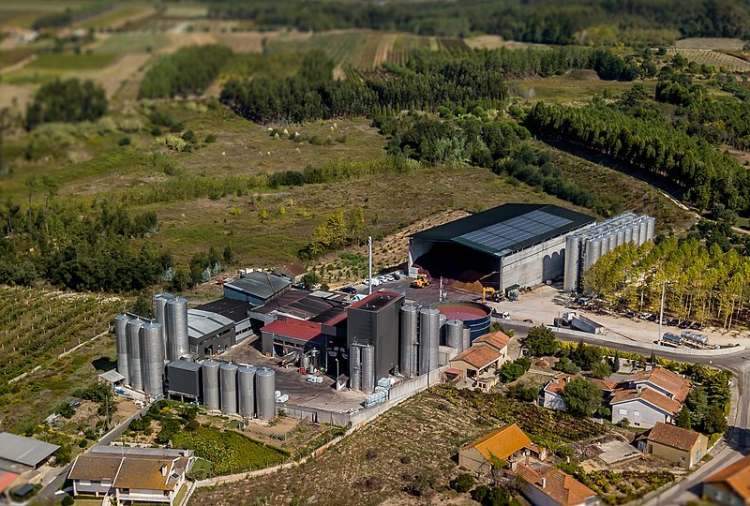10 Times, the Streets Were Flooded with Something that Was Not Water
Table of Contents
6 The 2008 tragedy of Kingston’s fossil plant and fly ash flood.
The Kingston Fossil Plant slurry spill occurred on 22 December 2008 at the Tennessee Valley Authority’s Kingston Fossil Plant in Roane County, Tennessee. A ruptured dike resulted in over a billion gallons of toxic ash and sludge pouring into the Emory River. This sludge contained several toxic substances, such as arsenic, lead, mercury, and radium, and ended up flooding over 20 homes.
The 5.4 million cubic yards of wet ash covered over 300 acres of land around the plant. It is the largest industrial spill in US history, nearly ten times the size of the Deepwater Horizon oil spill off the Gulf of Mexico. (1, 2)
7 Toxic metals and red sludge invaded homes in Hungary in 2010.
When the retaining wall of a caustic waste reservoir at the Ajka alumina plant in Hungary collapsed on 4 October 2010, it unleashed over one million cubic meters of highly alkaline red sludge, affecting seven towns in the region. This disaster was so significant it led the Hungarian government to declare a state of emergency to deal with the situation. The sludge itself caused chemical burns on contact with the skin and severely affected many humans and animals within the area.
The incident resulted in 10 casualties, more than 120 injuries, and the relocation of 390 residents from the area. MAL Hungarian Aluminum, the operator of the plant, faced a whopping $647 million (472 million euros) fine for environmental damages. (1, 2)
8 The Mariana Dam disaster forever changed the landscape of Brazil.
In the Minas Gerais state of Brazil, the Fundão Dam, founded in the municipality of Mariana, failed on 5 November 2015. The result was a massive wave of mud cascading down the valley towards the district of Bento Rodrigues. The dam held over 50 million cubic meters of tailings (byproducts of mining operations), which wreaked havoc in the town of Barra Longa.
The tailings worked their way down the Rio Doce Basin for sixteen days before emptying into the Atlantic Ocean. Resulting in 19 deaths, the erosion of entire villages, and thousands left homeless, this non-water flood is one of Brazil’s worst environmental disasters. (1, 2)
9 The Russian town of Lebedyan got flooded by Pepsi fruit juices.
Pepsi fruit juice flood, in Russia! pic.twitter.com/GDrCbEwZyP
— 🍋🏳️🌈 Mrs Erris (@IamMrsErris) August 18, 2022
The roof of a Pepsi warehouse in Lebedyan, Russia, collapsed on 25 April 2017, leading to structural damage to the giant vats stored in the facility. The damage led to 28 million liters of fruit juice such as cherry, pineapple, tangerine, orange, and pomegranate flooding the streets of the city and turning them into a sticky mess.
Experts were concerned about the juice flowing into the River Don, citing issues of contamination, pollution, and the effects it could have on aquatic life. However, studies showed there is no lasting damage. Pepsi has refused to comment on the situation. (Source)
10 The streets of this Portuguese town ran red with wine.
The streets of São Lourenço de Bairro in Portugal ran red with wine on 10 September 2023 when two enormous tankers belonging to the Levira Distillery spilled their contents. This resulted in 2.2 million liters of wine racing down the cobblestone streets and prompted people to take and upload videos to social media.
There were no reported injuries, making this one of the more harmless non-water floods. However, residents were worried the alcohol would affect nearby farms, vineyards, and water sources. The company came forward to cover the costs of any cleanup. Moreover, they thanked the local firefighters who were able to divert the course of the wine. (1, 2)
What’s Fueling the New Race to the Moon?
10 Underreported Issues Impacting the World Today


10 Best Movies Based on True Stories


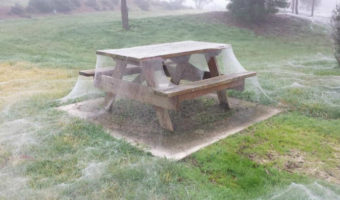

20 Lesser-Known Facts About Elon Musk’s Life
